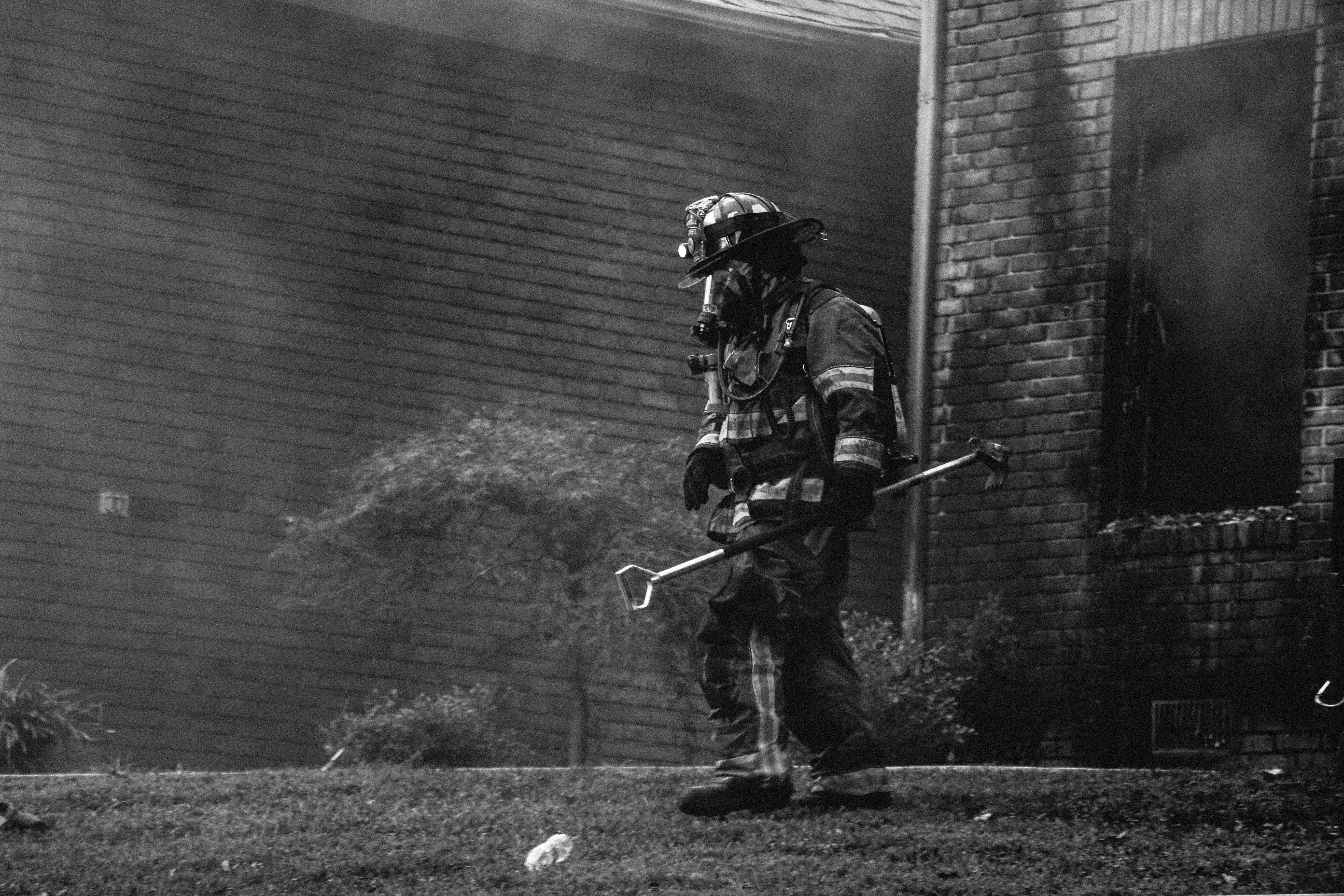
Among the elderly, women and black people are more likely to be admitted to the hospital from exposure to wildfire smoke than men and people of other races.
The issue: Each year, as wildfires char landscapes, ravage buildings and claim lives, accompanying smoke contributes to the fires’ destruction and takes its own toll. Composed of gases, water vapor and particulate matter, smoke pollutes the air we breathe.
If fine particles from smoke enter the lungs, this can cause or exacerbate respiratory problems like bronchitis and asthma. It also can incapacitate those inside a burning building, making escape impossible.
The risks associated with smoke inhalation are particularly acute for the young, whose respiratory systems are still developing, and the old, who may have weakened defenses to particle exposure. A new study looks at the elderly to identify who is most vulnerable to this form of pollution.
An academic study worth reading: “Who Among the Elderly is Most Vulnerable to Exposure to and Health Risks of Fine Particulate Matter from Wildfire Smoke?” published in the American Journal of Epidemiology, September 2017.
About the study: A team of researchers, led by Jia Coco Liu of the Bloomberg School of Public Health at Johns Hopkins University, estimated the concentrations of PM2.5 (fine particulate matter in the air with a diameter of 2.5 micrometers or less), in 561 counties across the western United States from 2004 to 2009. They then categorized dates within this range as either “smoke-wave” (which are “high-pollution episodes from wildfire smoke”) or “non-smoke-wave” days.
The researchers examined the Medicare population in this region, about 5 million people. Because enrollment fluctuates over time, they looked at the average population size over the study period. They categorized this data by a few criteria, including age (65-74, 75-84, 85+), sex and race (black, white, or other), and then estimated the vulnerability of each group on the basis of their geographic exposure to smoke-wave days.
They also used Medicare claims data to find the total number of admissions to the hospital for respiratory conditions, adding together cases of chronic obstructive pulmonary disease and respiratory tract infections. The researchers then analyzed this data for demographic trends.
Key findings:
- Elderly black people were more likely to have been exposed to more than one smoke wave as compared with their white peers. Exposure rates for black people were 73.4 percent versus 56 percent for whites.
- Elderly black people also had a higher risk of being admitted to a hospital with a respiratory problem.
- Compared to elderly men, elderly women of all races had a higher risk of admission to the hospital for respiratory issues. The researchers suggest there might be physiological differences to explain this discrepancy.
- Poorer counties had larger proportions of residents exposed to smoke waves than better-off counties. In counties with more than 15 percent of the population in poverty, 61.5 percent of the population was exposed to smoke waves, compared to 55.9 percent exposure in counties with less than 10 percent of the population in poverty.
Other resources:
- The U.S. Environmental Protection Agency keeps comprehensive data on air quality. It also has written a guide for public health officials on wildfire smoke.
- The U.S. Centers for Disease Control and Prevention offers guidance on protection against wildfire smoke.
- The U.S. Forest Service maps fire weather and fire danger through their Wildland Fire Assessment Service.
- The National Interagency Fire Center has statistics on current and past fires and reports daily fire activity.
Related research:
- A 2016 study published in Environmental Research, “Differential Respiratory Health Effects from the 2008 Northern California Wildfires: A Spatiotemporal Approach,” finds that areas with lower median incomes had higher relative risk for emergency room visits.
- A 2015 study published in Epidemiology, “Ambient PM2.5 and Risk of Hospital Admissions: Do Risks Differ for Men and Women?” suggests women have a higher risk of admission for cardiovascular and respiratory issues than men.
- A 2013 study published in the American Journal of Epidemiology, “Evidence on Vulnerability and Susceptibility to Health Risks Associated with Short-Term Exposure to Particulate Matter: A Systematic Review and Metaanalysis,” summarizes the findings of 108 scholarly papers written after 1995 on the subject.
